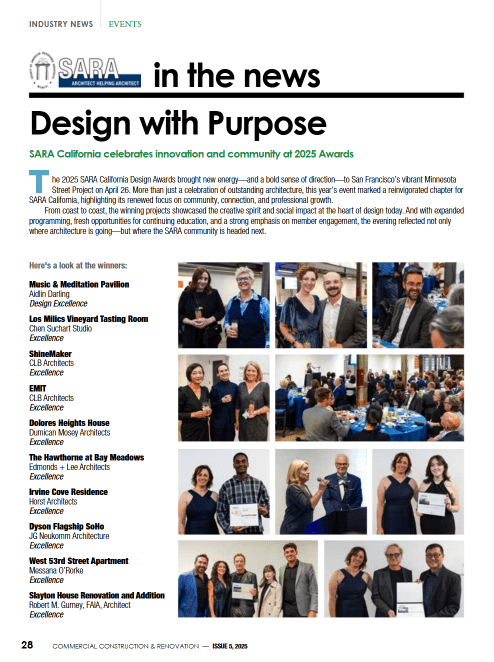
Technical textile differs from traditional ones. Traditional textile is used for everyday items, such as clothes, bedsheets, towels, etc. On the other hand, technical textile is made to meet particular needs, such as extreme weather.
People use this type of textile for specific purposes, such as in hard-wearing work clothes, safety equipment, uniforms that can withstand extreme temperatures, etc.
Some people have jobs where they are exposed to many dangers and need proper clothing to protect them. Technical textiles will come to the rescue in extreme weather or other potentially harmful situations.
What are some of the factors that affect the performance of technical textiles? What makes them different from other textiles? Let’s answer these questions below.

Production
The production process is the most important when creating a clothing item for a specific purpose or specialized job. Depending on what the item will be used for, the production processes can differ quite a lot. For example, we cannot use the same production process for seat belts and uniforms.
Many production processes create different products. For example, 3D woven fabrics (usually stronger and stiffer than other materials) are used for airplanes and marines and provide more security. The items made with this process offer more protection than some other materials.
Another example is using nonwoven processes to create highly durable items. For instance, Erez Therm uses this process to create products whose purpose is to stand the test of durability on boats and other marine safety items.
Overall, the production process used will affect the performance of each technical textile and create fabrics for different purposes. The performance of each of these materials will vary considerably.
Structures
When creating technical textiles, their structures also affect performance. For example, using an air-laid structure for something other than wet wipes won’t show good performance results for that particular purpose.
Many structures are available, and each has its purpose and creates its unique materials. For example, Jason Mills inc. uses the hydroentanglement structure to make its healthcare textiles, which they can later use for uniforms, caps, gloves, masks, etc.
Before creating a specific technical textile, we must know its purpose. The structure of the fabric can significantly affect its performance by making it stronger, softer, harsher, etc., depending on the purpose.

Properties
Properties of technical textiles also significantly impact the performance of a material. In the following paragraphs, we will explain some properties technical textiles have.
- Insect repellent – some technical textiles have insect-repellent properties. These textiles are made for those who work outside and are exposed to insects. Some examples may include mosquitoes, bugs, ticks, etc.
- Antibacterial – this property is present in almost all technical textiles and is one of the essential properties. Since these textiles are created for specific purposes, such as work, they must be antibacterial and protect the body from outside bacteria.
- Odor repellent – as previously said, technical textiles are made for specific purposes, and these textiles have to be odor repellent. People who wear technical textiles are constantly moving around, and it is much more comfortable to be in clothing that will repel odor.
- Flame resistant – one more essential property technical textiles can have is being flame resistant. This property will keep one’s body safe from heat and flames. Such materials are used for creating firefighters’ uniforms.
- UV resistant – UV rays can become our worst enemies, especially if we are often exposed to them. People working outside all the time are at a higher risk of skin cancer from UV rays. Luckily, technical textiles offer UV-resistant properties, so you won’t have to worry about your invisible enemies.
There are many more properties that can affect the performance of technical textiles. However, the properties used for different materials also depend on the purpose of the fabric.
Fibers
In the technical textile industry, fibers play a crucial role in performance. There are many different types of fibers, but we can arrange them into five categories: natural, synthetic, regenerated, mineral, and metal. All of these fibers are used in the technical textile industry.
For example, technical textile industries incorporate metal fibers into their textiles to create a textile resistant to weight and stress. The materials become more rigid and durable than they would be without these fibers.
On the other hand, if someone wants to create a toothbrush, they are more likely to opt for natural or synthetic materials, such as bamboo or acrylic. These fibers are not as hard and serve a different purpose than the previously mentioned ones.
Conclusion
Technical textile is an excellent way of creating materials for a specific purpose. These materials are very durable and can stand the test of time. A few examples of using these materials for different purposes include work clothes, marine equipment, etc.
However, a couple of things can affect the performance of these textiles. Those factors involve the production process, the structure, properties, and fibers used to create a material.
The performance of technical textiles, however, depends mainly on the purpose of the material.





























